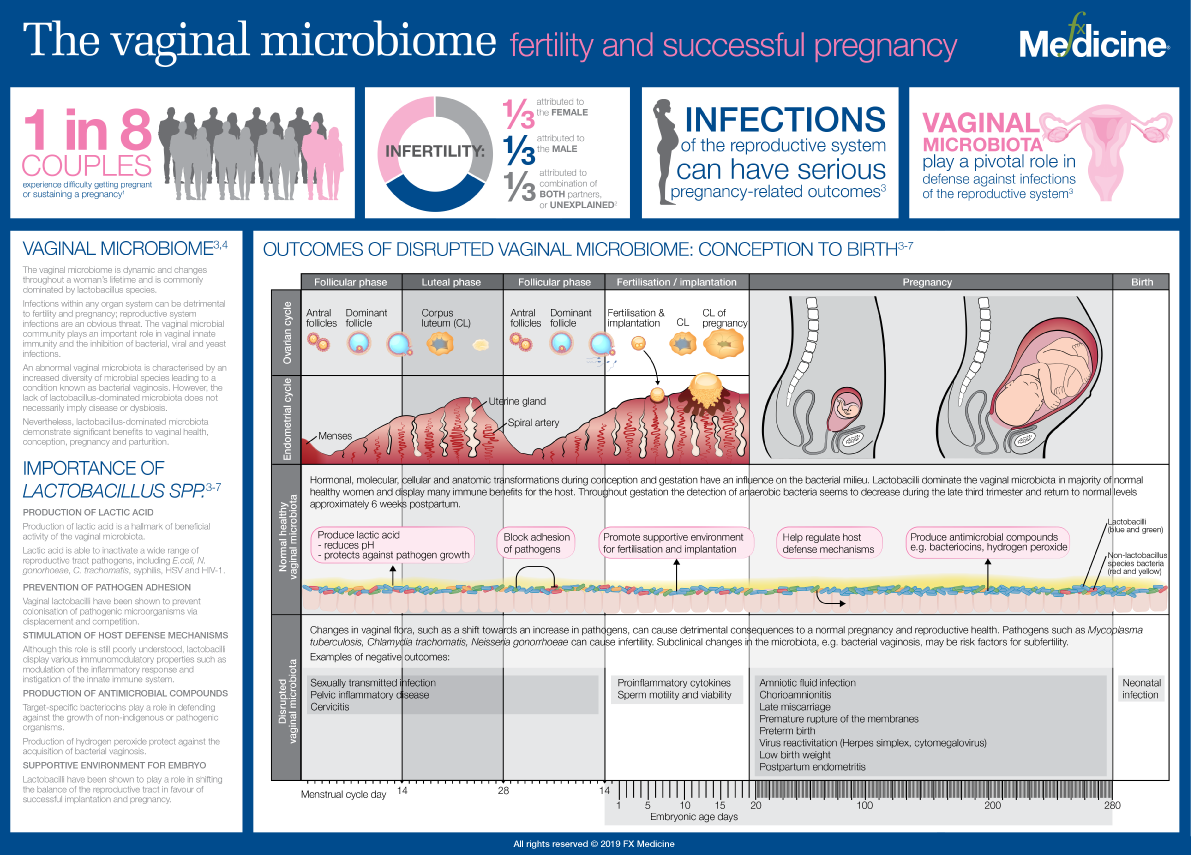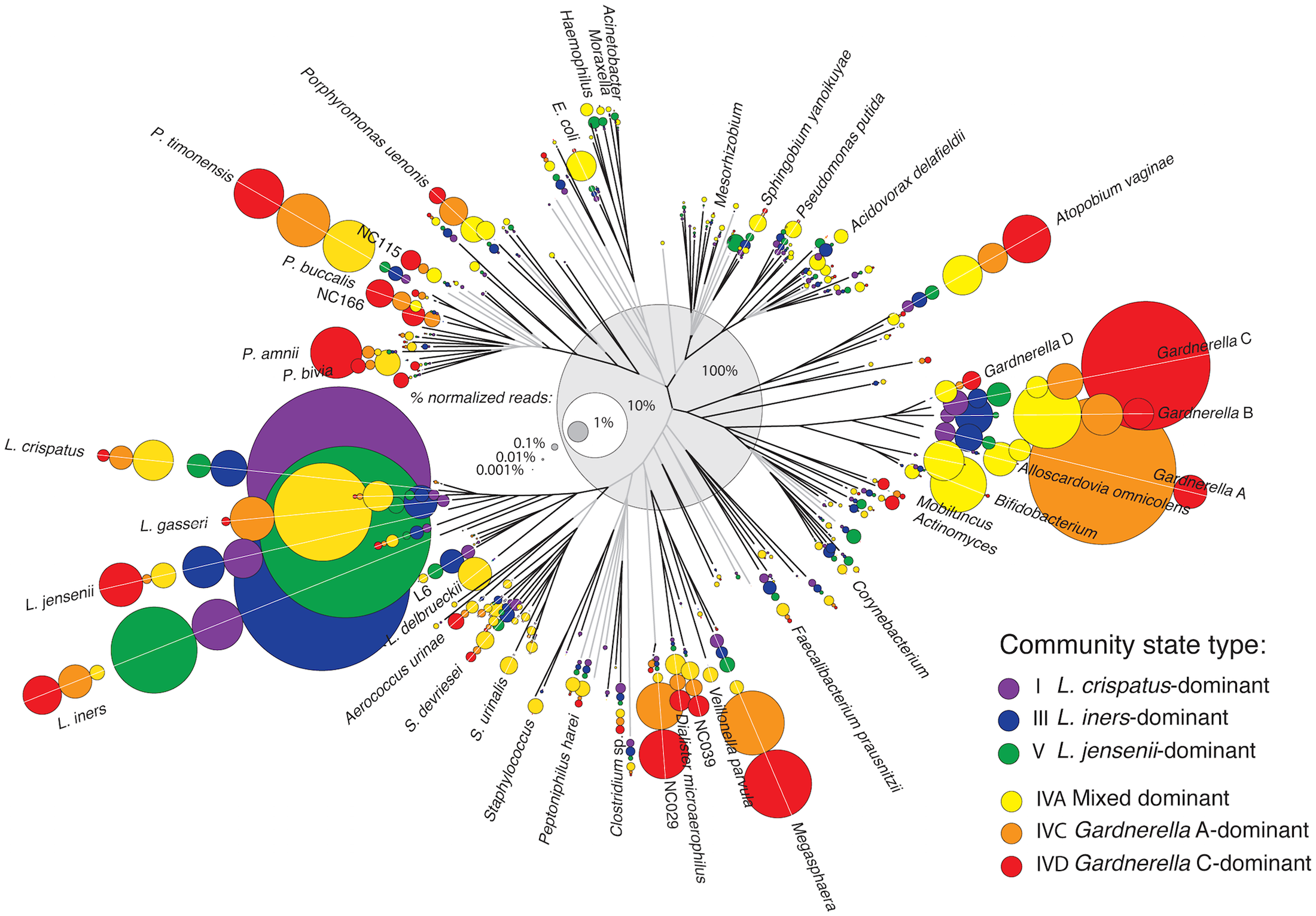It used to be called a jumpoline ’til your mum got on it.
– Anon
Hahaha – oops! Is Your Pelvic Floor as Weak as a Kitten? Then Try This.
The prevailing view of our reproductive organs is that while they get some action, they don’t actually do anything themselves. This idea is debunked in this article:
“The pelvic floor muscles play a pivotal role with respect to vaginal and sexual function, their contractions facilitating and enhancing sexual response. They contribute to arousal, sensation during intercourse and the ability to clench the vagina and firmly “grip” the penis. The strength and durability of their contractions are directly related to orgasmic potential since the pelvic muscles are the “motor” that drives sexual climax and can be thought of as the powerhouse of the vagina. During orgasm, the pelvic floor muscles ‘shudder.’
There is great variety in the bulk, strength, power and voluntary control of the pelvic floor muscles that support the vagina. Some women are capable of powerfully “snapping” their vaginas, whereas others cannot generate even a weak flicker.”
The most obvious signs of a weak pelvic floor are leaking when coughing, sneezing, running and even worse, laughing. Other symptoms include:
- failing to reach the toilet in time
- uncontrollably breaking wind from either the anus or vagina when bending over or lifting
- reduced sensation in the vagina
- tampons that dislodge or fall out
- a distinct bulge at the vaginal opening
- a sensation of heaviness in the vagina.
The most common advice is to strengthen the pelvic floor with Kegel exercises – regularly squeezing the vaginal and anal sphincters to build up muscle strength. After I give birth to my daughter I found that I sometimes had the dribbles and so I did these religiously for weeks. They didn’t make any difference at all. It was quite a terrifying prospect to think that I would stuck with this hopeless pelvic floor forever, but then something wonderful happened.
One of my favourite things in life is trampolining, and as soon as I was up to it post-birth, I got out my mini trampoline and had my first joyful bounce. What I wasn’t expecting was that I would instantly wet myself all down my legs and all over my beloved trampoline. It was quite shocking. Undeterred, and after a tiresome clean-up job, I bought a maxi pack of maxi pads (I think they were the maternity ones) and started again. I usually bounce for about 20 minutes every other day, and the first few times I had to change pads 2-3 times. But after a couple of weeks I only had to change pads once and after 3 weeks I realised that I didn’t need them at all. At the same time the day-to-day leaks stopped and after a while I realised that the old girl was back to her old self – plumped, moisturised, responsive and happy. I also lost weight and got my glow back. I can safely say that I now have the pelvic floor and vaginal musculature of my teenage years. I think that the movement against gravity and the focus on balance and stability while trampolining forces big and small muscles to contract, toning the whole area.
The pelvic floor is made of 2 muscles that intertwine under the bladder, the bowels and uterus, holding these organs in place. The phrase ‘pelvic floor’ suggests that this is something that is flat, solid and rigid, like a floor. In fact its the opposite of a floor – it is exactly like a trampoline! These muscles should be taut but stretchy and precisely the right length. When the pelvic floor* is weak, it’s like a hammock instead of a trampoline – it has lengthened and weakened, and lost its purpose.
I suppose that once upon a time the idea of Kegel exercises made sense: if a muscle is weak then it’s necessary to strengthen it by exercising it regularly. But the pelvic floor is not like a bicep or a stomach muscle, which improves as it gets ever shorter and bulkier. The pelvic floor has to be flexible, and it has to adapt to all kinds of daily movements. If it gets shorter then it will get weaker, which is why Kegel exercises are not really the solution, and can make things worse.
Trampolining can not only resolve pelvic floor issues, but its also wonderful for overall health: it moves the lymphatic system which helps to flush out potential poisons (dead cells, excess fat, viruses, bacteria, yeasts, heavy metals and other toxic junk), helps the blood to circulate and so increases oxygenation, builds bone density (as determined by NASA), and burns fat. It’s fun and easy to do, although I would avoid it if there was even a hint of uterine prolapse or other health conditions. I still use my trusty Urban Rebounder, but there quite a few to choose from. It’s great to have a 5 minute bounce when taking a break from working at home or just from sitting down for ages. I’m not an advocate of wearing bras, but a bra in this case is really helpful – I’ve had my ShockAbsorber for years and it has held up very well under pressure.
There is a wonderful kind of congruence that the act of trampolining helps to tone the pelvic trampoline, but what if you can’t bounce? Or don’t want to? Then you can do something that women have been doing since forever, and are still doing now all over the world while working in the fields, or feeding children or cooking or socialising: whole body squats. Squatting 4 or 5 times a day will tone and contract the muscles in your buttocks which positively impacts the pelvic floor. Its easy to do: pretend that you are peeing in the woods while out camping. If you’re not that fit then starting with a few repetitions a day and building up is the way to go. The key thing is not to think of it as exercise, but make it part of day to day movement: a couple of squats in the morning before getting dressed, a few in the evening before going to bed, a few more at the weekends. Putting up a few post-it notes around the house can be a useful reminder to do a few squats here and there.
Having a weak pelvic floor is not the depressing disaster that it seems. All that is required is a little pelvic TLC via trampolining or squatting or both. Are you thinking of bringing your pelvic floor back to life? Let me know how you get on if you do.
*The pelvic floor should really be called the pelvic trampoline, but because it’s not, I have to keep calling it the pelvic floor. I might have to start one of those petitions to get that changed.
PS. Don’t forget: this article is not, nor is it intended to be, a substitute for professional medical advice, diagnosis or treatment and should never not be relied upon for specific medical advice.









